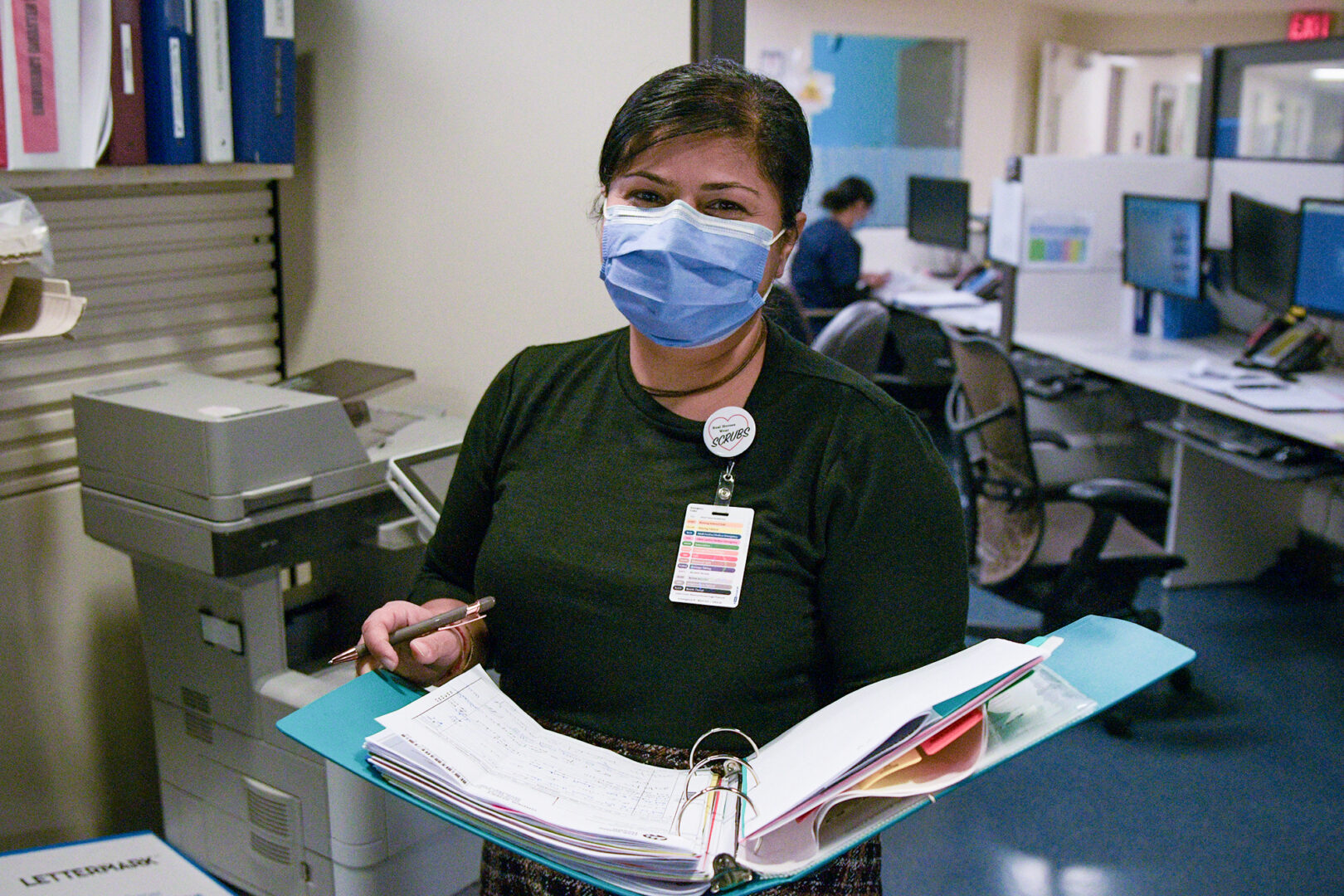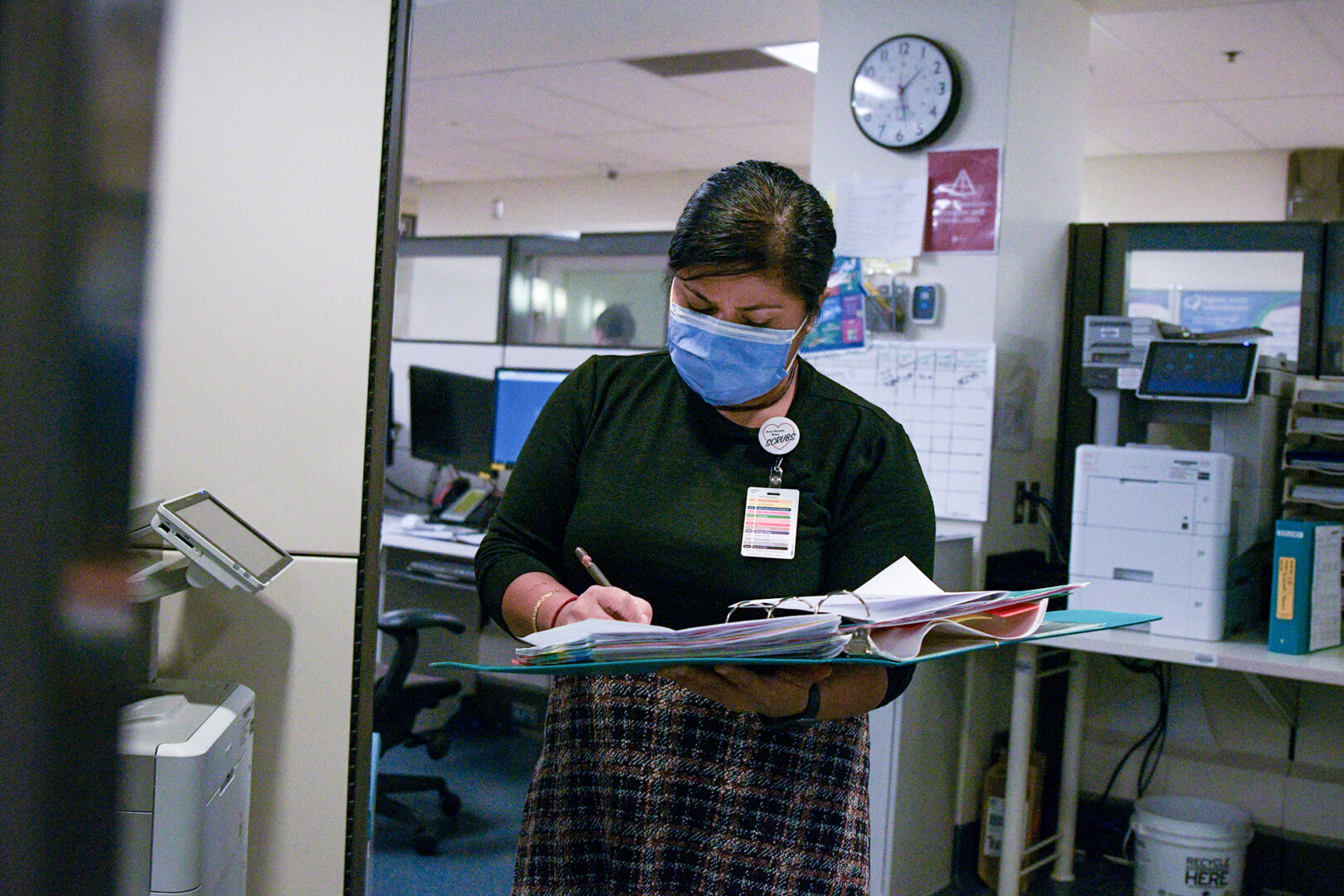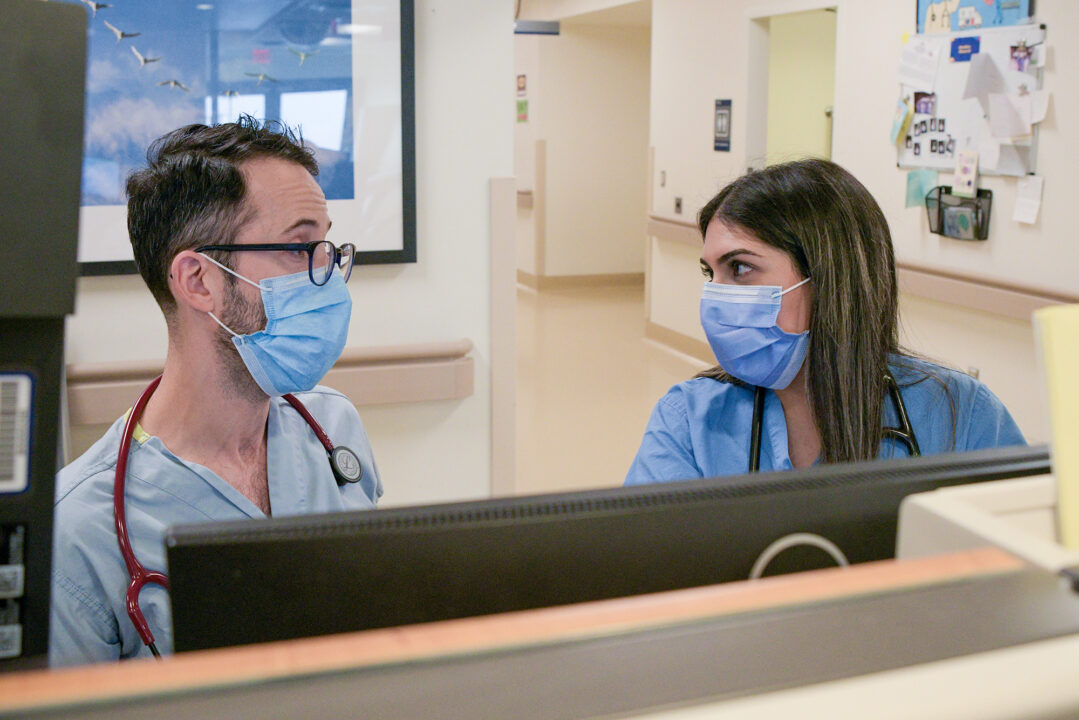Back in 1915, when Canadian Army Medical Corps officer John McCrae – famous for writing In Flanders Fields – treated soldiers’ wounds as a doctor during the Second Battle of Ypres in Belgium, he almost certainly could have used the aid of a skilled physician assistant (PA).
But the inclusion of this type of role was not available to Canadian Forces until the 1950s, when multiple-named mid-level health care providers were utilized, and the 1960s, when the military started specifically training and employing positions to extend physician capabilities.
It wasn’t until 1984 that the official term of PA was used in the Canadian Armed Forces (CAF).

“The role was originally created in the military to help provide increased access to health care for soldiers by reducing their wait times and serving a greater number of people,” says Nadia Karim, a PA who works in our Markham Stouffville Hospital’s Emergency Department (ED). “By just having one physician in a medical unit, they only could serve so many military personnel. Having a PA on the team, working in collaboration with the physician, helped to distribute the workload resulting in enhanced patient care and optimized workflow.”
Current PAs in the CAF provide primary health care, emergency care, health education, and serve anywhere members are based, including throughout clinics in Canada, onboard ships or submarines, and in temporary locations during operational missions.
The history of PAs and their implementation in the military laid the foundation for the public sector in Canada to introduce civilian roles, first occurring in Manitoba in 2003 and then in Ontario in 2006.
Today, civilian PAs practise in six Canadian provinces.

Hired in 2007, Gayatri Salwan has been at Markham Stouffville Hospital for over 15 years. Gayatri works in the Medicine department.
“Oak Valley Health has always been a bit of a trailblazer,” says Gayatri. “They take chances and look for new opportunities and think differently. They really pioneered, hired, and put their support around the new PA position in Ontario when I was hired.”
A PAs main purpose is to extend the role of the physician. PAs work in collaboration with a supervising physician under medical directives or verbal orders, and work alongside nurses and other allied health professionals.

“We allow the physician to extend their duties and responsibilities,” says Gayatri. “We can assess patients, provide direct patient care, and help guide other staff to resolve any issues that might come up.”
While there are different ways one can become a PA in a hospital, the most common route is by enrolling in a PA program after completing an undergraduate degree. Trained under a rigorous medical model akin to physicians, these programs are two years in length, include coursework, clinical rotations, and hands-on training, and are only offered at four schools in Canada (including McMaster University and University of Toronto in Ontario).

Like their counterparts in the CAF, PAs now play an important role in health care by bridging any gaps between physicians and those needing care, and optimizing the overall work flow.
“By helping distribute the workload, PAs enable physicians to focus on more critical cases, which means all patients receive the necessary attention they need and in a timely fashion,” says Nadia. “The role helps to increase access to health care providers, optimizing efficiency and flow to achieve improved patient satisfaction and health outcomes without redundancy.”
Similar to military doctors of the past, who were left to manage hundreds of wounded soldiers on their own before the introduction of PAs, physicians in our hospitals now have more than just an assistant but an additional way to provide high-quality, patient-centred care through the use of civilian PAs.
Subscribe
This article appeared in the November 2023 issue of The Link. To receive Oak Valley Health’s community newsletter, subscribe now.
